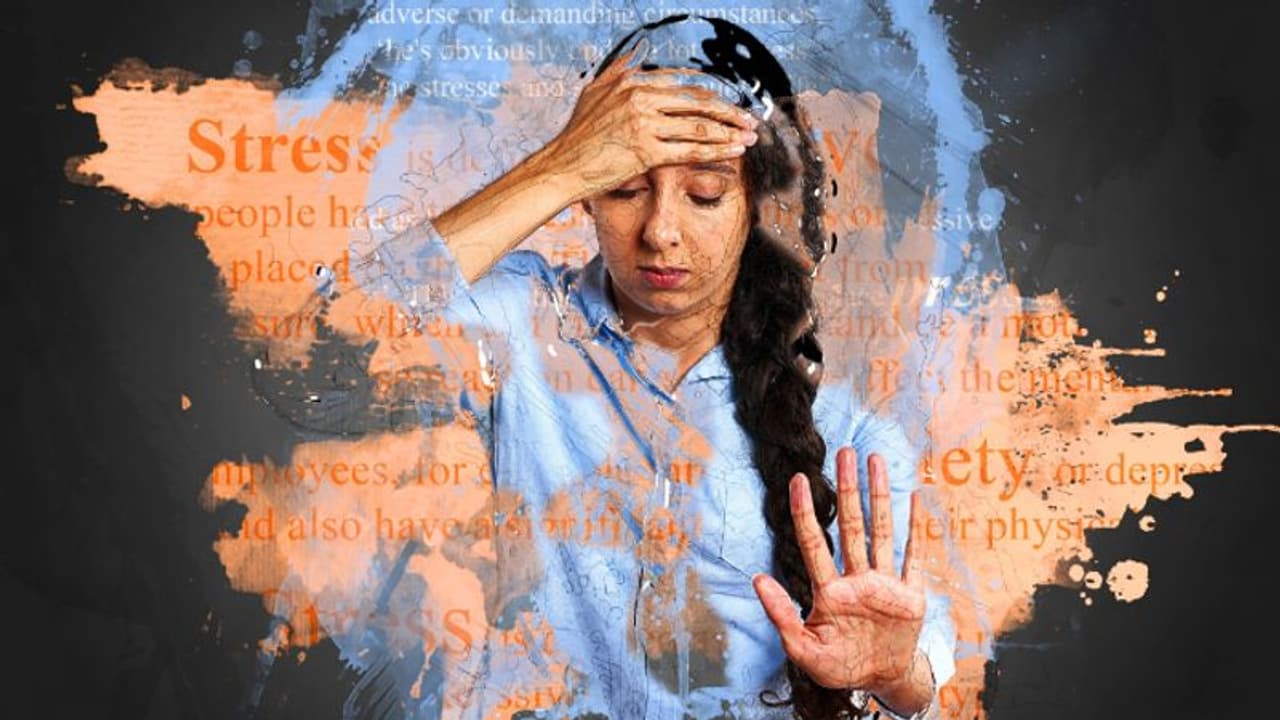Discover essential techniques to navigate panic attacks. From deep breathing and positive self-talk to mindfulness and grounding exercises, learn how to regain control and alleviate distress during moments of panic.
Experiencing a panic attack can be overwhelming and distressing, but there are strategies you can employ to manage and alleviate the symptoms. Coping with panic attacks involves recognizing the symptoms, practicing deep breathing, grounding techniques, positive self-talk, muscle relaxation, and mindfulness. These strategies can help you regain a sense of control and alleviate the distress associated with panic attacks. Remember that everyone's experience with panic attacks is different, so not all techniques will work equally well for everyone. It's essential to find what works best for you through trial and error. Additionally, if you find that you're experiencing frequent or severe panic attacks, seeking professional help from a therapist or psychiatrist is recommended.

Here are six tips that can help you during a panic attack:
1. Recognize and Accept It
The first step is to recognize that you're having a panic attack. Understand that panic attacks are a physiological response to stress and anxiety. Accepting that what you're experiencing is a panic attack can help reduce the fear associated with the symptoms.
2. Practice Deep Breathing
Focus on your breathing. Take slow, deep breaths. Inhale through your nose for a count of four, hold for a count of four, and then exhale through your mouth for a count of four. This technique helps regulate your breathing and can ease feelings of suffocation or hyperventilation.
3. Ground Yourself
Engage your senses to bring yourself back to the present moment. Look around and identify five things you can see, four things you can touch, three things you can hear, two things you can smell, and one thing you can taste. This grounding exercise can help shift your focus away from the panic.
4. Use Positive Self-Talk
Combat negative thoughts with rational, positive self-talk. Remind yourself that the panic attack will pass and that you've managed it before. Reassure yourself that you're safe and that the physical sensations you're experiencing are temporary.
5. Progressive Muscle Relaxation
Tense and release different muscle groups to promote relaxation. Start with your toes and work your way up to your head. This technique can help reduce muscle tension and alleviate some of the physical symptoms of panic.
6. Mindfulness and Meditation
Practice mindfulness by focusing on your breath and observing your thoughts without judgment. Meditation can help you create a sense of calm and distance from the panic attack. There are many guided meditation apps and videos available that can be beneficial in moments of distress.
